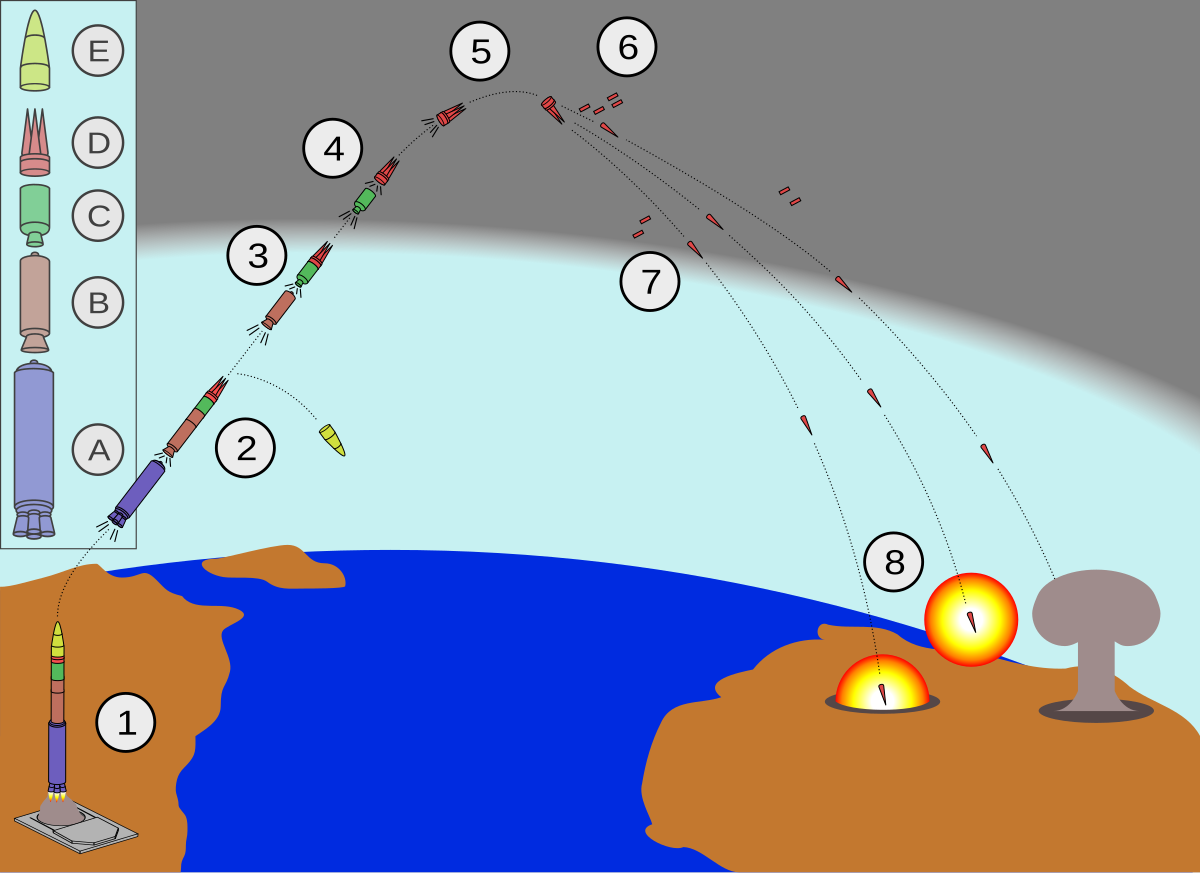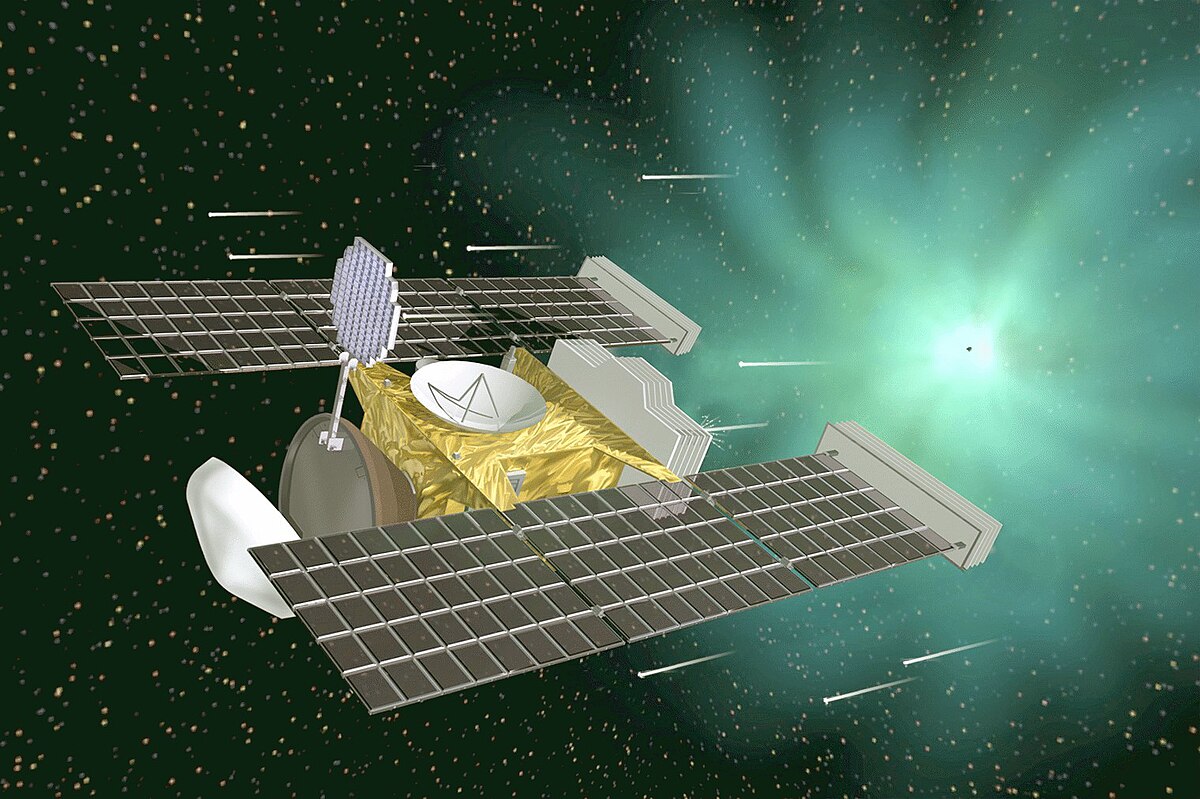Spartan159
SOC-13
What are they? I am stealing the procedure from DGP's Starship Operator's manual to calculate normal space travel times. Step 4 multiplies distance to orbit by the atmosphere UWP number (only if 2+) Min. 1 to simulate the need to restrict speed while traveling through an atmosphere, in order to avoid dangerous heat buildup on the hull. I would like to tie this to actual pressure rather than the UWP code.
Side effects to be considered would include heat shielding and streamlining (Or lack thereof).
For the record I am using MgT 2E but stealing from any other Traveller source I can get away with.
I am also curious as to delays imposed in taking off from or landing at a Starport. I am thinking Takeoff is fairly quick (Get outta here, ya bums!) but landing involves waiting your turn depending on Starport size and pad/runway availability. I have been looking at GURPS Starports as well as MgT 1E Starports, but I'm still wading through all the information.
I look forward to input on these subjects.
Side effects to be considered would include heat shielding and streamlining (Or lack thereof).
For the record I am using MgT 2E but stealing from any other Traveller source I can get away with.
I am also curious as to delays imposed in taking off from or landing at a Starport. I am thinking Takeoff is fairly quick (Get outta here, ya bums!) but landing involves waiting your turn depending on Starport size and pad/runway availability. I have been looking at GURPS Starports as well as MgT 1E Starports, but I'm still wading through all the information.
I look forward to input on these subjects.


